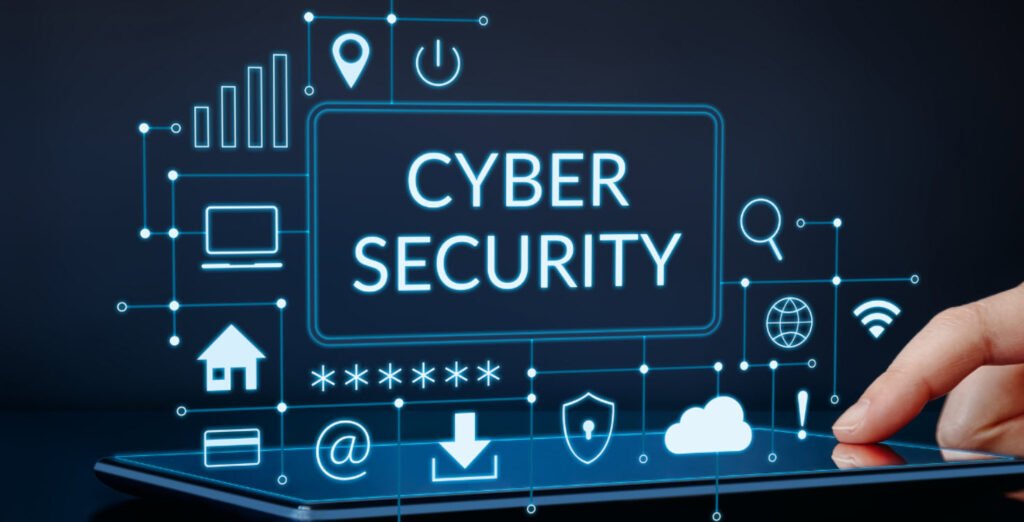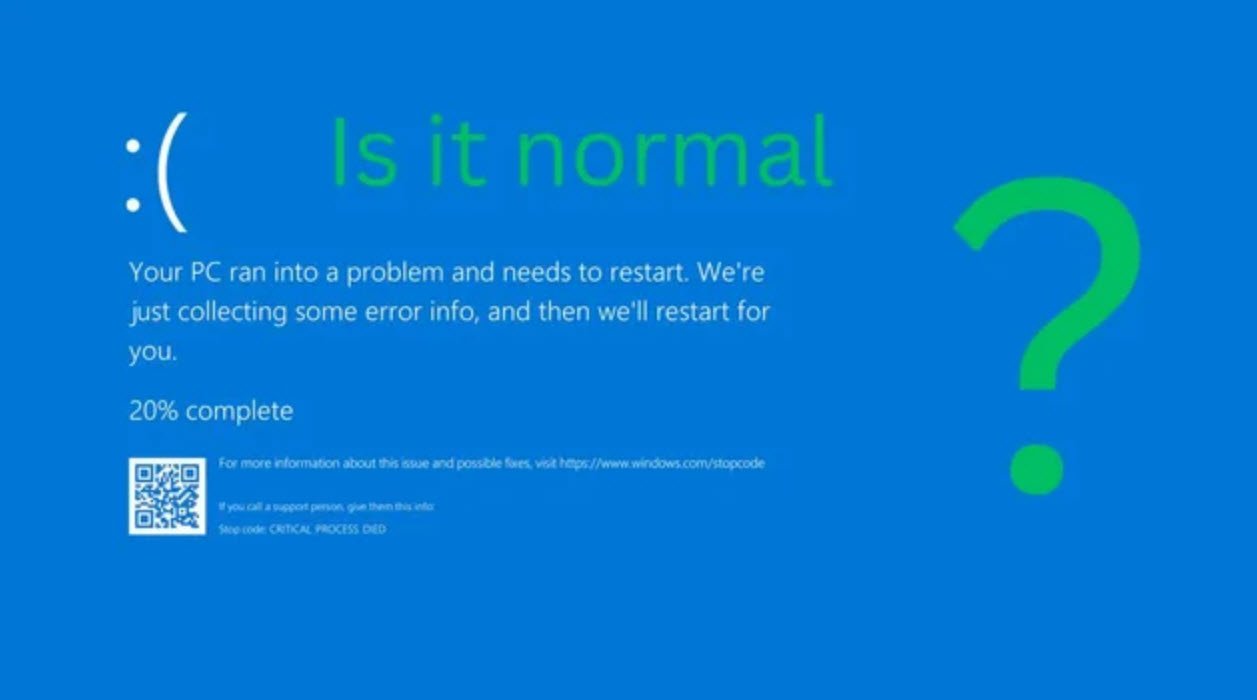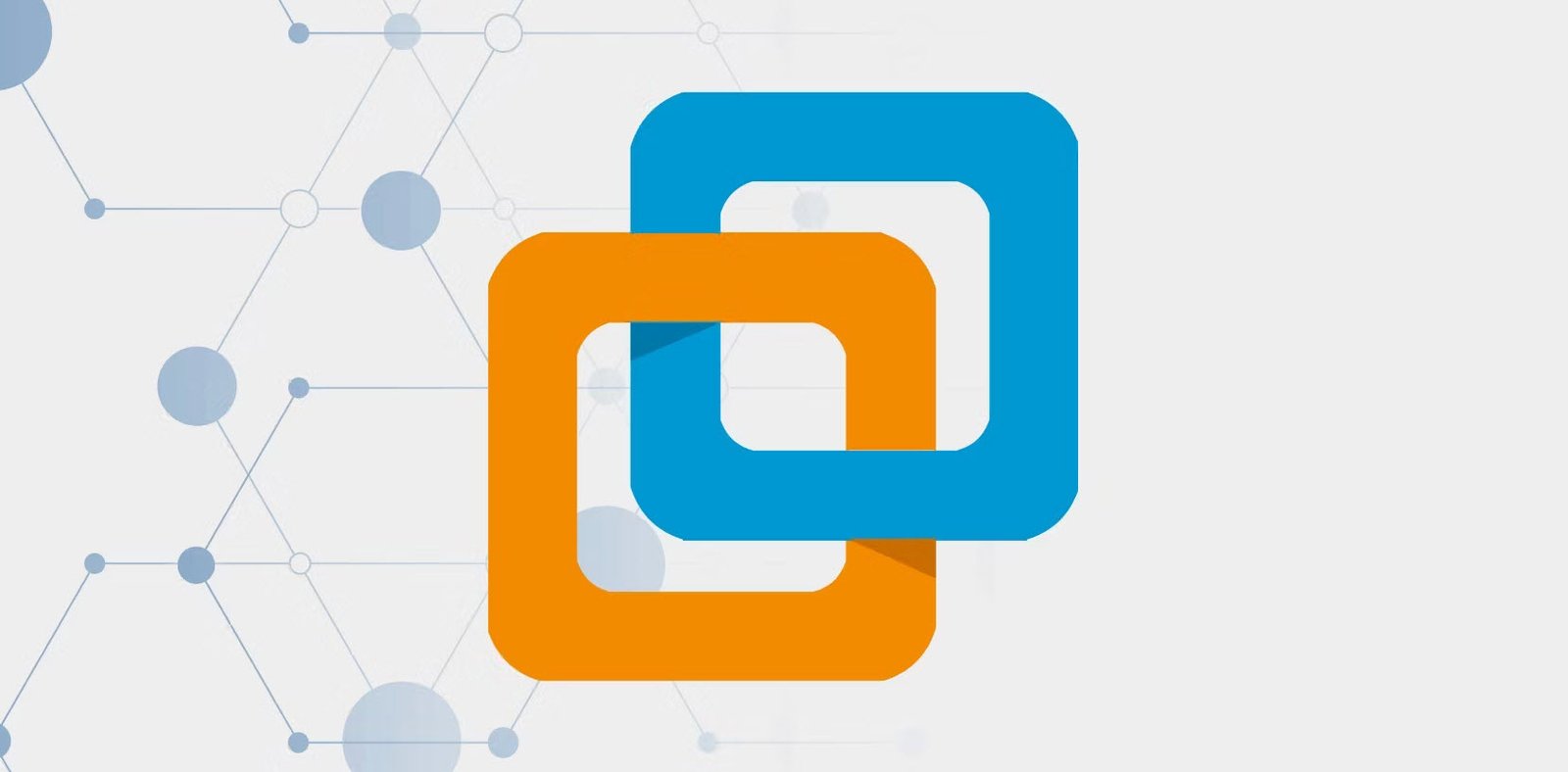
In an increasingly digital world, where the exchange of information and data flows ceaselessly through the intricate web of interconnected networks, the need for robust cybersecurity has become paramount. As our reliance on technology grows, so does the potential for cyber threats to compromise sensitive information, disrupt operations, and undermine trust.
To safeguard the integrity, confidentiality, and availability of digital assets, cybersecurity professionals adhere to a set of essential principles known as the Pillars of Cybersecurity. These pillars form the foundation upon which a secure cyberspace stands, providing a comprehensive framework to thwart malicious actors and maintain the digital ecosystem’s well-being.
1. Confidentiality: Safeguarding the Secrets
Confidentiality is the cornerstone of cybersecurity, ensuring that sensitive information remains hidden from unauthorized access. Imagine a digital vault where critical data, personal records, and trade secrets reside. It is imperative that only those with proper authorization can unlock the vault’s contents.
In the digital realm, this authorization takes the form of user privileges, encryption, and access controls. Whether it’s personal identifiable information (PII), financial data, or classified documents, maintaining confidentiality is essential to prevent data breaches, identity theft, and corporate espionage.
2. Integrity: The Shield Against Tampering
Integrity safeguards the trustworthiness of data, assuring that it remains unaltered and accurate throughout its lifecycle. Just as a sealed envelope arriving intact assures the recipient of the sender’s intentions, data integrity ensures that information remains untampered with, maintaining its reliability and authenticity.
Through cryptographic techniques and data validation protocols, cybersecurity professionals can detect and prevent unauthorized modifications to data. Protecting integrity is paramount for industries where tampering can have catastrophic consequences, such as in healthcare, critical infrastructure, and financial systems.

3. Availability: Uninterrupted Access
Availability guarantees that authorized users can access information and services when needed, without hindrance. It is the digital equivalent of having access to your car keys when you’re ready to drive.
Cyberattacks like Distributed Denial of Service (DDoS) assaults can render online services inaccessible, disrupting operations and causing financial losses. Robust availability measures include redundant systems, load balancing, and resilient network architecture to ensure uninterrupted services, even in the face of malicious attempts to disrupt them.
4. Authentication: Verifying Identities
Authentication is the process of verifying the identity of users, systems, or devices attempting to access digital resources. Just as you present your identification when entering a secured building, authentication ensures that only authorized individuals can access sensitive data and systems.
This pillar often employs multi-factor authentication (MFA), combining something the user knows (like a password), something the user has (like a smartphone), and something the user is (like a fingerprint) to enhance security. By implementing strong authentication practices, organizations can thwart unauthorized access attempts and protect against identity theft.
5. Non-Repudiation: Preventing Denial
Non-repudiation ensures that parties involved in a digital transaction cannot deny their participation. It’s the equivalent of having a signed contract that prevents any party from disavowing their involvement in the agreement.
In the digital realm, cryptographic signatures and secure logging mechanisms establish a trail of evidence, making it impossible for individuals to deny their actions. Non-repudiation is crucial for legal and contractual transactions, assuring parties that their interactions are verifiable and legally binding.
In a world where cyber threats are ever-evolving and increasingly sophisticated, these five pillars of cybersecurity stand as sentinels, guarding the gates of our digital domain. Organizations and individuals that embrace these principles fortify their defenses against cyberattacks, ensuring the privacy, trust, and reliability of the cyberspace we inhabit.
It’s through the integration of confidentiality, integrity, availability, authentication, and non-repudiation that we create a resilient foundation, upon which the digital future can thrive securely.
You may also like:- How To Fix the Crowdstrike/BSOD Issue in Microsoft Windows
- MICROSOFT is Down Worldwide – Read Full Story
- Windows Showing Blue Screen Of Death Error? Here’s How You Can Fix It
- A Guide to SQL Operations: Selecting, Inserting, Updating, Deleting, Grouping, Ordering, Joining, and Using UNION
- Top 10 Most Common Software Vulnerabilities
- Essential Log Types for Effective SIEM Deployment
- How to Fix the VMware Workstation Error: “Unable to open kernel device ‘.\VMCIDev\VMX'”
- Top 3 Process Monitoring Tools for Malware Analysis
- CVE-2024-6387 – Critical OpenSSH Unauthenticated RCE Flaw ‘regreSSHion’ Exposes Millions of Linux Systems
- 22 Most Widely Used Testing Tools








